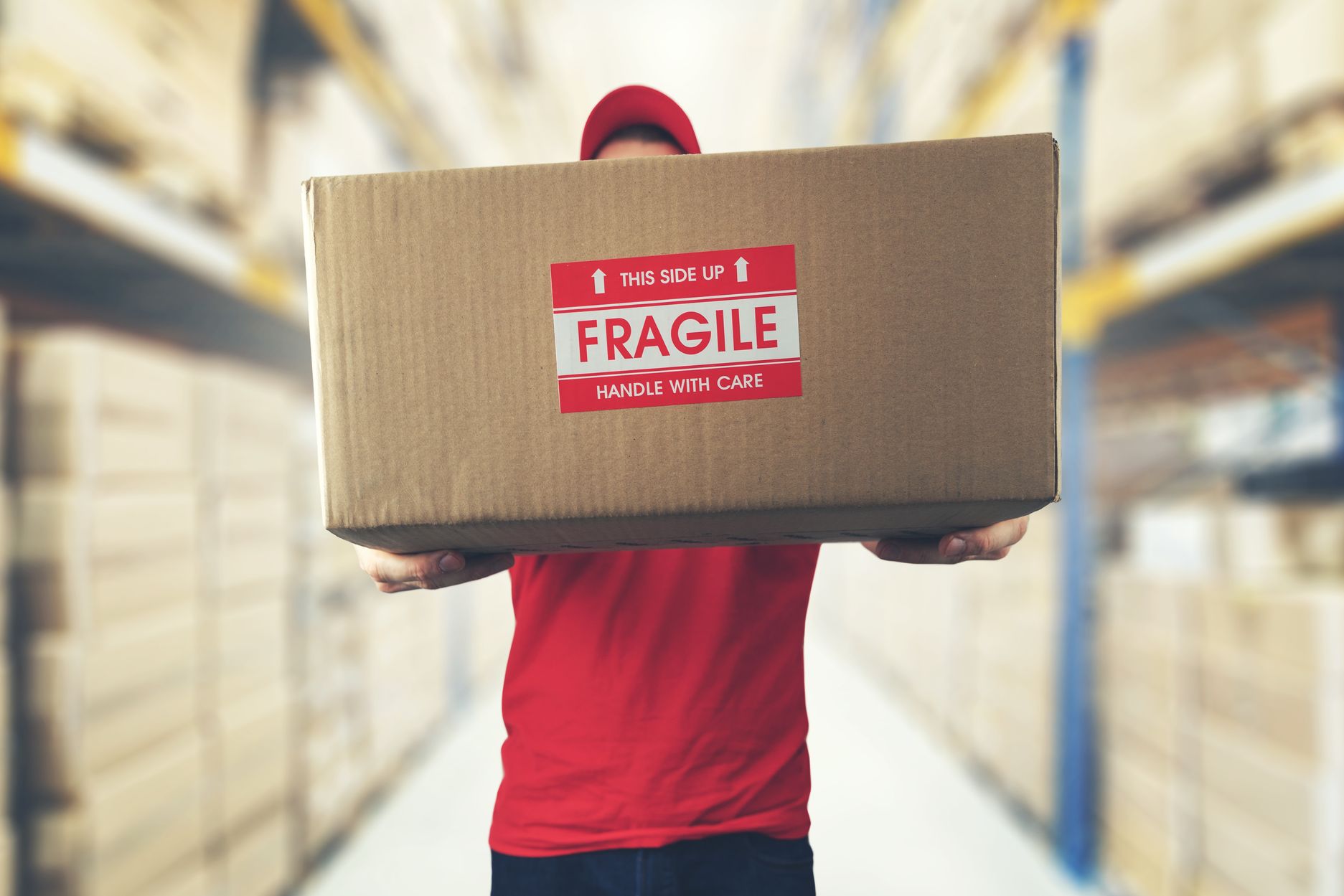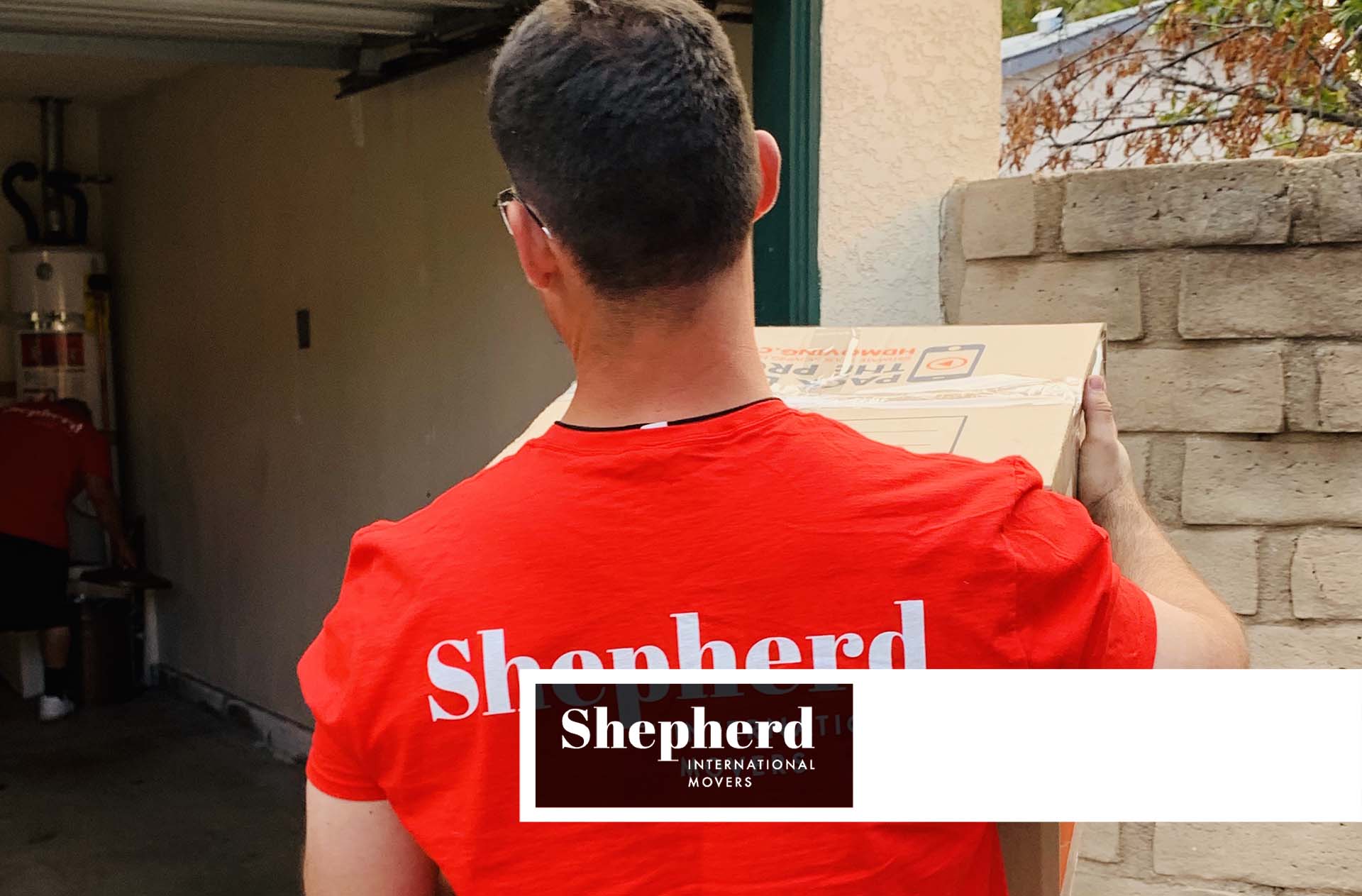

Relocating can be a daunting task, with countless belongings to pack, transport, and unpack in another country. However, the key to a smooth and stress-free move lies in meticulous organization, and one crucial aspect of this is creating a comprehensive moving inventory. In this guide, we will explore essential tips and strategies to help you organize like a pro, ensuring that nothing is left behind or misplaced during the transition.
Effective inventory management, including early planning, categorization, detailed descriptions, and professional assistance, is crucial for a successful relocation. These cross-border moving strategies help streamline packing, ensure item accuracy, and address specific needs for international moves. Leveraging professional global moving solutions helps ensure a smooth transition, reducing the complexities often associated with relocation.
Tip 1 – Start Early and Plan the Inventory Process
Embarking on the inventory process well in advance of the moving day is an invaluable step in ensuring a seamless relocation. The importance of early commencement cannot be overstated, as it affords you the time and opportunity to meticulously document and categorize all possessions. Waiting until the last minute can lead to rushed packing, which may result in items being forgotten, misplaced, or damaged during the move.
By initiating the personal property inventory process early, you not only reduce the likelihood of such issues but also gain a clear understanding of the extent of the move. This knowledge helps you make informed decisions about what to keep, donate, or discard, ultimately contributing to a more organized and efficient transition. Additionally, starting the international relocation checklist early allows you to identify and address any potential logistical challenges in a timely manner, ensuring a smoother overall relocation experience.
Tools and Resources That Can Help in the Inventory Process – Apps and Spreadsheets)
In the digital age, there are a lot of tools and resources that can help you simplify the process of inventorying belongings. Apps designed for inventory management offer a convenient and efficient way to document items. These apps often allow you to create digital lists with detailed descriptions, photographs, and even barcodes for easy tracking.
Furthermore, spreadsheets, like Microsoft Excel or Google Sheets, provide a versatile platform for creating and customizing lists, allowing you to include essential details such as item names, descriptions, condition, and their intended location in the new home.

Tip 2 – Categorize Items for Better Organization
Categorizing your belongings is a pivotal step in achieving a well-organized and efficient move. There are various strategies you can employ to categorize items effectively, including sorting them by room, type, or usage frequency. Grouping items by room ensures that all items from a specific space stay together, making it easier to unpack and set up in the new space.
Sorting by type, whether it’s packing clothing, electronics, or kitchenware, simplifies the process of finding specific items when you need them.
Additionally, considering the frequency of use allows you to prioritize packing and unpacking, ensuring that essential items are readily accessible during the transition.
These categorization strategies not only facilitate a smoother relocation experience but also contribute to a more organized and stress-free transition.
Special Considerations for Fragile, Valuable, or Oversized Items
While categorization is essential for all items, it becomes even more critical for fragile, valuable, or oversized possessions. Fragile items, such as glassware or delicate antiques, require special packaging and handling to prevent breakage. Valuables like jewelry, important documents, or heirlooms should be categorized and packed with extra care to safeguard them during shipping.
Oversized items, such as furniture pieces or large appliances, need proper planning and often specialized equipment for safe transportation. Identifying these special considerations within the categorized inventory ensures that you allocate the necessary time and resources to protect and handle these items appropriately during the relocation. And of course – if you don’t want to do it on your own and risk damaging your valuable items, you can always hire professionals like Shepherd International Movers to do it for you.

Tip 3 – Use Detailed Descriptions and Labels
When it comes to efficient packing organization, the devil is in the details. Using detailed descriptions and labels for each item is an indispensable practice. Not only should you note the item’s name, but also include information like brand, model, and condition.
Detailed descriptions help you identify the items accurately, ensuring nothing is misplaced or forgotten during the move. Knowing the condition of your possessions can also be crucial for insurance claims in case of any damage during the relocation. Therefore, investing time in documenting these details will pay off in terms of a smoother and more organized relocation experience.
How to Effectively Label Boxes and Items for Easy Identification
Effectively labeling relocation boxes and items is a key component of using detailed descriptions to your advantage. To make the labeling process efficient, use a clear and systematic approach. One strategy is to employ color-coded systems, where each room or category is assigned a distinct color. This method enables quick visual identification and moving box inventory, reducing the time and effort required for unpacking and arranging the new space.
Alternatively, numbering the boxes and maintaining a corresponding list can provide an organized relocation inventory tracking system. When labeling, be sure to include the room or category, a brief description, and any special handling instructions, making it easier for both you and the movers to handle all the belongings with care and precision.

Tip 4 – Document Item Conditions With Photos or Videos.
Documenting the condition of the items through photos or videos is a wise practice that can be particularly beneficial, especially for high-value or delicate possessions. Visual household goods documentation offers a clear and indisputable record of the condition of the items before the move, providing peace of mind and protection in case of damage or other relocation mistakes during transportation. This is especially crucial for valuable items like electronics, artwork, or antiques, as well as delicate items like glassware or fragile collectibles.
In the event of an insurance claim, having visual proof of the item’s condition can make the claims process smoother and more successful. It also helps establish accountability and ensures that any necessary repairs or replacements are handled appropriately.
Therefore, taking the time to visually document your items pre-move can save you both time and potential headaches in the long run. When capturing photos or videos, remember to focus on details, angles, and lighting to provide a comprehensive and accurate representation of each item’s condition.
How Visual Records Can Assist in Insurance Claims or Disputes
Visual records of all belongings can serve as invaluable evidence in the event of insurance claims or disputes during a relocation. These records offer a concrete and objective depiction of your items’ condition prior to the move, eliminating any ambiguity or disagreement about their state. When damage or loss occurs during transportation, having visual proof can expedite the claims process, as insurers can assess the extent of the damage with confidence.
It also safeguards your interests by preventing any potential disputes with relocation companies or insurers. Visual documentation acts as a powerful tool to establish accountability, ensuring that you receive fair compensation for any losses or damages incurred during the move. Consequently, maintaining a detailed visual record of all items is not only a proactive measure for a smoother relocation but also a safeguard that can provide you with peace of mind in case the unexpected occurs.

Tip 5 – Update the Inventory as You Pack
As you embark on the packing phase of the relocation, it’s essential to keep your inventory list up-to-date. This means recording each item as it is packed and labeled for transport. Maintaining an accurate inventory as you pack offers several advantages, and it’s one of the moving documentation best practices.
Firstly, it helps prevent oversights or duplicates, ensuring that every possession is accounted for. Secondly, it allows you to track the progress of your packing efforts, enabling you to stay organized and on schedule with packing and inventory management. To efficiently update the list, consider methods such as numbering inventory boxes and noting the corresponding numbers on the list.
Importance of Final Inventory Checks Before Moving Day
Conducting final inventory checks is a crucial step in relocation day preparation. These checks serve as a last-minute confirmation of your belongings, helping you identify any discrepancies or missing items that may have occurred during the packing process. It’s an opportunity to verify that all moving list items are properly and efficiently packed, labeled, and ready for transport.
These checks provide peace of mind, knowing that you have done everything within your control to protect your possessions during the relocation. Additionally, final checks help streamline the unpacking process, as you’ll be able to quickly confirm that each item is moved safely and in its designated place. Ultimately, these checks are an essential component of a well-organized move, ensuring that you start a new chapter with confidence and minimal relocation stress.

Tip 6 – Consider Special Inventory Needs for International Moves
Moving internationally comes with unique challenges related to customs and import regulations. It’s crucial to thoroughly research and address these requirements when creating your inventory. Properly document and declare items for international transit to prevent delays, fines, or confiscations. Learn about all restrictions or prohibited items in the destination country and ensure compliance.
Navigating Cross-Border Restrictions for Certain Items
Crossing borders with your possessions when moving abroad can be a complex endeavor due to varying regulations and restrictions on certain items in different countries. To ensure a seamless international move, it’s essential to navigate these cross-border restrictions effectively.
Research and learn the specific rules governing the import of items such as firearms, medications, or agricultural products. Ensure that you have the necessary permits, licenses, or documentation in compliance with the destination country’s regulations. Navigating these restrictions meticulously is vital to prevent any legal issues, delays, or potential confiscations during the international move, allowing you to relocate smoothly and without complications.

Tip 7 – Leverage Professional Help for Inventory Management
When it comes to managing inventory during a move, it’s worth considering professional assistance, especially in situations involving a large number of belongings or complex logistical challenges. Professionals can offer invaluable support by ensuring the inventory is accurate, well-organized, and efficiently managed.
They possess the expertise to categorize, document, and label items effectively, utilizing specialized tools and efficient packing systems. This becomes particularly advantageous when dealing with high-value or delicate possessions that demand extra attention and care. By hiring professional movers for inventory management, you can streamline the relocation process, reducing stress and ensuring a smoother and easier relocation.
Services Offered by Moving Companies to Assist With Inventory Creation
Relocation companies offer a suite of professional moving and storage services aimed at facilitating inventory management, including comprehensive in-home assessments, meticulous itemized lists, packing services, and barcode tracking systems, often complemented by digital inventory management apps for real-time updates.
Professional movers, equipped with specialized training and expertise, play a pivotal role in preserving inventory accuracy and completeness. They conduct thorough checks before loading and unloading items, ensuring they match the documented condition and are accounted for, ultimately delivering peace of mind to clients by safeguarding their possessions throughout the entire process of moving overseas.

Crafting Order from Chaos – The Art of Seamless Relocation Through Smart Inventory Management
To sum up, effective inventory management is a fundamental aspect of a successful and stress-free move. By following these guidelines and seeking assistance when needed, you can enjoy a smoother transition to a new home, reducing the logistical challenges and uncertainties often associated with relocating.
Additionally, leveraging professional help from an international moving company can significantly streamline the inventory process and ensure accuracy. So, ensure an easy move and make sure to contact us at Shepherd International Movers. Rely on us to manage and transport your belongings safely, either by sea or by air freight.
FAQ
Can I Use Mobile Apps for Creating and Managing My Moving Inventory?
Yes, mobile apps are useful tools for creating and managing inventory efficiently.
How Do I Handle the Inventory of Items That Are Being Sold or Donated Before the Move?
Note items to be sold or donated separately in the inventory, indicating their intended destination.
What Should I Do if I Discover Missing or Damaged Items During Unpacking?
Contact the chosen relocation company and file a claim if you discover missing or damaged items during unpacking.
How Detailed Should My Inventory Be for International Moving Purposes?
Be highly detailed, including brand, model, and condition, to comply with customs regulations during international moves.
Are There Any Items That I Should Not Include in My Moving Inventory?
Exclude hazardous materials, perishables, and items prohibited by the relocation company or destination country.
Can the Moving Company Assist in Creating an Inventory for Large or Complex Moves?
Yes, relocation companies often offer services to help create and manage inventories, particularly for large or complex moves.





